6 reasons to visit Centro de Portugal
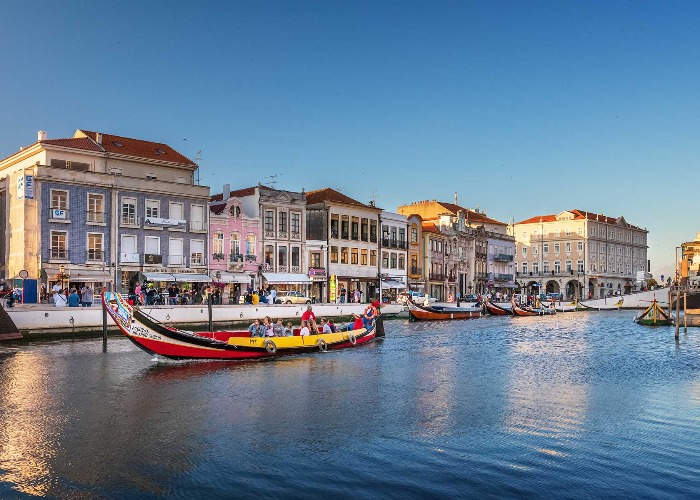
Sleepy towns, epic mountain hikes and easy cycling – here's the lowdown on Portugal's heart, a region the crowds haven't yet found.
While Portugal is far from undiscovered or unknown, travel south of Porto (the country’s second largest city) and north from Lisbon, and you’ll find the Centro de Portugal region, which modestly avoids publicity.
Apart from occasional manifestations of the Virgin Mary, few sights catch the eye of mass tourism here. Instead a gentle, reassuring authenticity describes a region delighted to welcome visitors, but equally comfortable in their absence.
READ MORE: Check out our full guide to Porto here
Centro’s wild Atlantic beaches give way to lagoon-side cities such as Aveiro (main image) and mainland Portugal’s highest mountains, with diversity being the area's biggest draw.
Those inclined to take time among its varied landscape will discover the essence of Portugal and find some of the country's best quality of life.
1. Hike some of Portugal’s highest mountains
Three hundred million-year-old granite carved into rocky peaks and expansive glacial valleys characterises the Serra da Estrela or Mountains of Stars. At the end of the Sistema Central that traverses the Iberian Peninsula these are some of Portugal’s highest mountains – only beaten by higher island summits in the Azores – reaching around 6,500 feet. Within the range over one hundred thousand hectares are designated Natural Park, Portugal’s first and largest protected area.
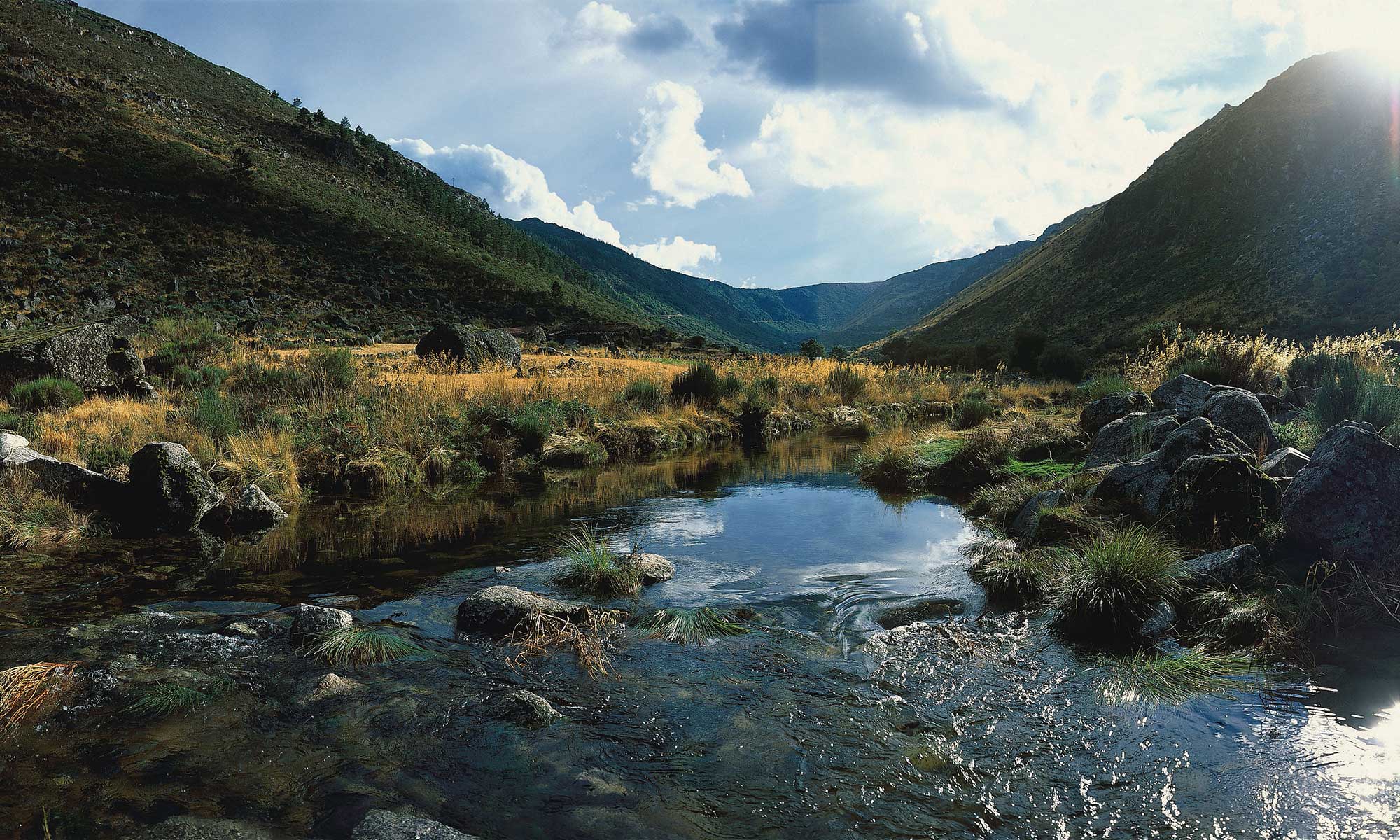 Paulo Magalhães/Visit Portugal
Paulo Magalhães/Visit Portugal
The gateway towns of Covilhã and Manteigas each have park information centres. Coilhã has more downtown diversions in terms of cafés, restaurants and bars, but the very much smaller mountain town of Manteigas lies within the Natural Park itself.
A circular, full-day hike starts from Manteigas and covers 30km and exploring Serra da Estrela’s rocky plateau, looping back through the Valle do Rossim. Also near Manteigas, another circular route winds up to little-visited Verdelhos, the waterfall of Poco do Inferno, and the peak of Azinheira (1,035m.)
In principle there are 375km of trails spread across nine routes. Longer hikes take four days and require a good level of fitness. Competent navigation skills and a reliable map are essential as it’s not possible to rely upon trail markers so this isn’t one for beginners. Check for trail updates at information centres before heading out.
2. Get heady on Portuguese wines
In the UK, Seventies associations of Portuguese wine still linger: that squat bottle of Mateus Rose lurking close to a tired orange impaled by a dozen pineapple cheesies isn’t easily forgotten. But Portugal’s almost 300 indigenous grape varieties, producing intense reds, complex whites and fine methode champagnoise isn’t yet mainstream news.
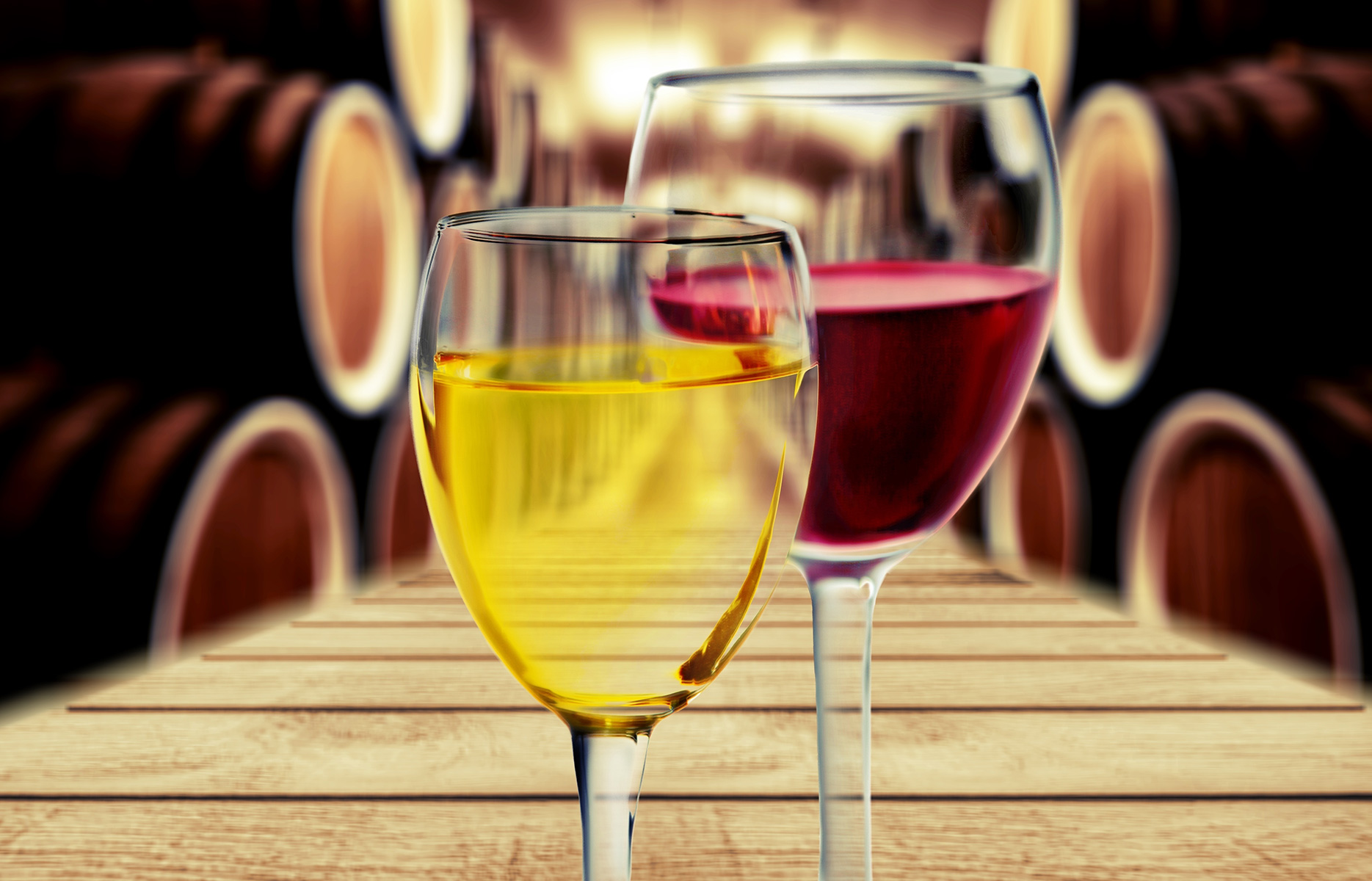 Billion Photos/Shutterstock
Billion Photos/Shutterstock
Centro de Portugal’s vines are often grown at cooler altitudes of up-to 900 metres and produce some of the country’s most interesting wines. It’s a requirement of Dão DOC wines that they contain at least 20% Touriga Nacional – a Portuguese variety described by some as a “crazy grape.” Of the wines produced, 80% are red and characterised by fruity, full-bodied flavours.
READ MORE: The best places to visit in Portugal by region
The small town of Santar lies at the heart of the Dão region. Paço dos Cunhas de Santar is a 17th-century manor house, once owned by a local arms dealer, and recently restored under the guidance of young Portuguese architect, Pedro Mateus. Vines have been nurtured in Santar for over 400 years. Today the vineyard is at the forefront of wine tourism, organising expertly guided wine workshops and cellar visits. In addition, the estate’s fine dining restaurant is the gold standard for innovative wine and gastronomic pairings.
3. Stay in a palace
Historically connected with Portugal’s colonial empire, the Baroque pavilions and formal gardens of Casa da Insua date from the 1700s and were created on the orders of Luís de Albuquerque de Melo Pereira e Cáceres – the governor of Portuguese Brazil’s Mato Grosso province.
From trickling fountains at the centre of its courtyard to marble staircases leading to sumptuous wood-panelled salons, refined imperial luxury describes Casa da Insua with historic rooms laid out as they would have been.
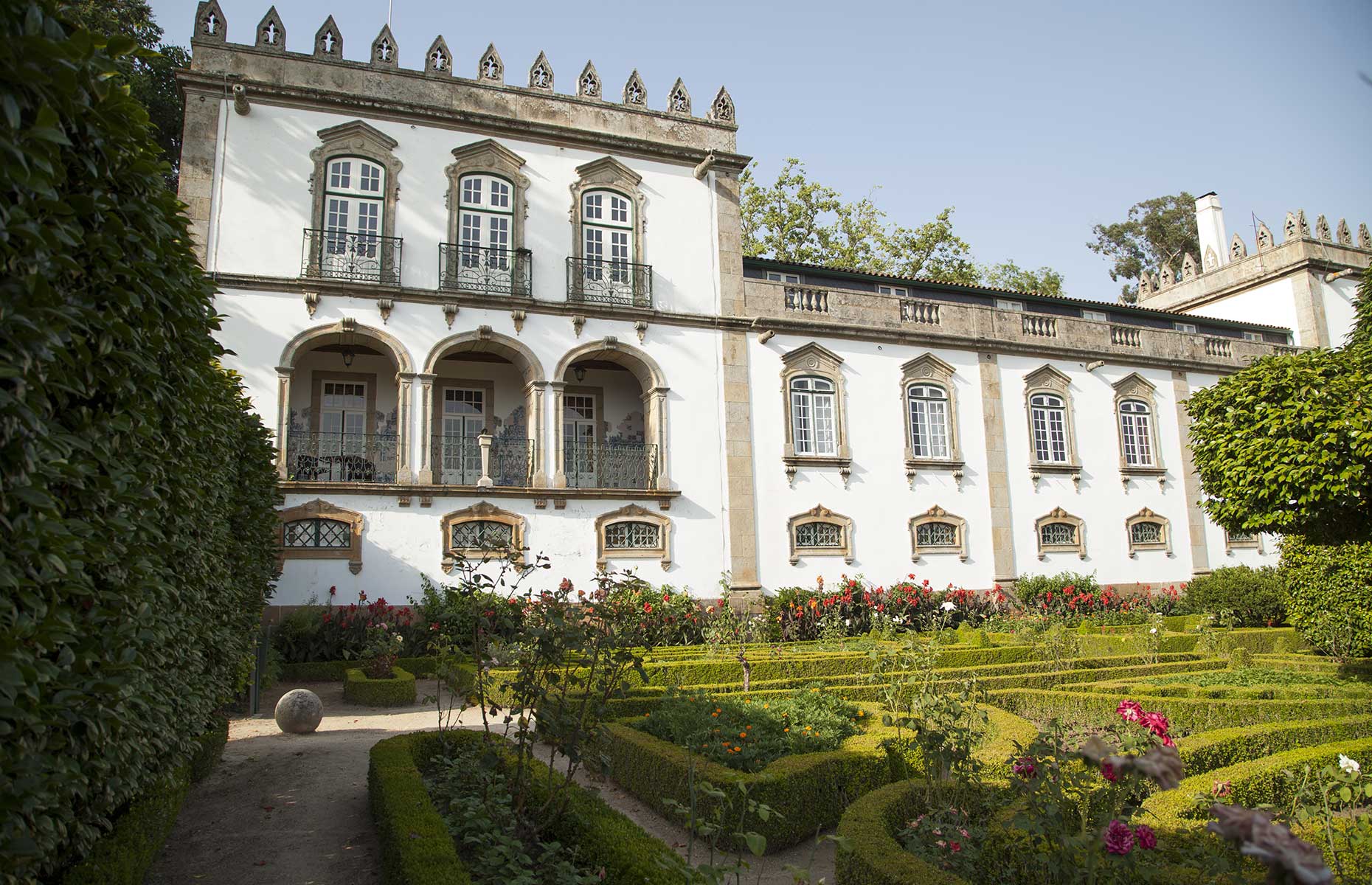 Fernando Garcia Esteban/Shutterstock
Fernando Garcia Esteban/Shutterstock
Outside there are eleven hectares of formal gardens, arboretums and orchards surrounding the palace. The estate is still productive, grapes, olives and fruit are harvested, while milk from sheep is used to make cheese.
Today, the property is operated by the Spanish Paradores group, its 28 guest rooms and three suites their only hotel in Portugal.
4. Cycle Aveiro and its lagoon
Let’s be honest, unless you were born wearing lycra cycling is more enjoyable on the flat. Known as the Portuguese Venice the town of Aveiro is defined by the Ria de Aveiro, an 11,000-hectare network of channels and basins subtly connecting the city to the sea.
Aveiro itself can be busy. If Centro de Portugal has a tourist honeypot then Aveiro’s colourfully-painted moliciero boat rides and Art Nouveau buildings attract the bees.
However, in an inspired move, free bike hire is available in Aveiro city. All that’s required is ID and away you go on one of 350 BUGA bikes. Five minutes’ pedalling and the crowds are left behind.
Out on Aveiro’s lagoon, between Ovar in the north and Mira in the south, over 100km of cycle paths and quiet roads encourage unhurried exploration. Just one of many routes, a tranquil 18 mile ride from Ribeira de Pardelhas to São Jacinto loops round part of the lagoon through cultivated maze fields.
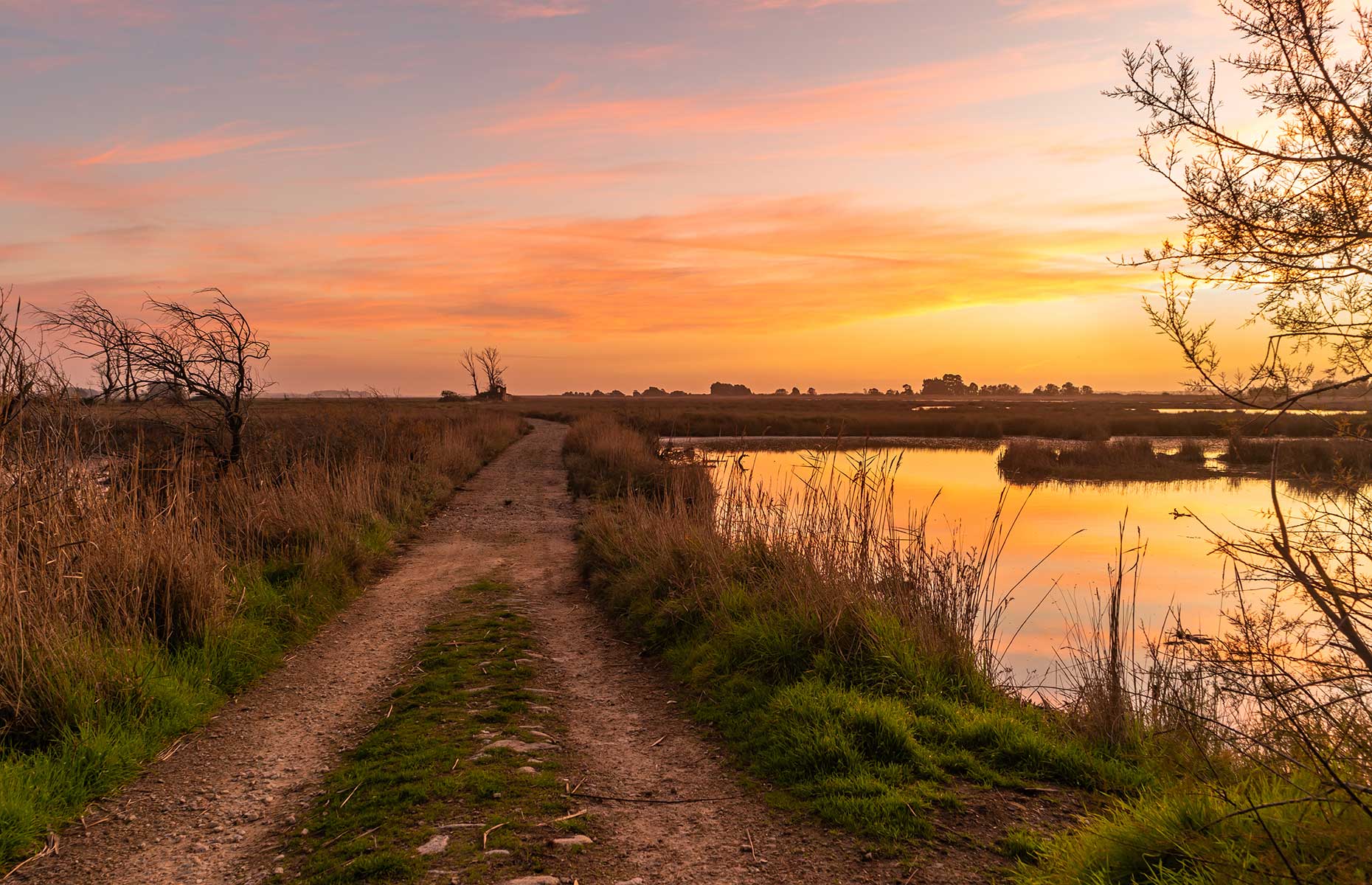 AnaMarques/Shutterstock
AnaMarques/Shutterstock
Purpose-built platforms offer look outs over the water where herons, egrets and flamingos engage in their eternal search for lunch. Cyclists needn’t go hungry either. Stops for coffee and obligatory pastel di nata custard tarts are never more than a few miles away. Commercial guided cycle tours are offered by A2Z Portugal Biking.
5. See the street art capital of Portugal
Following Portugal’s 1974 Carnation Revolution, democracy, liberalisation of the economy and EU membership improved living standards countrywide. However, as once labour-intensive industries modernised swathes of buildings were left abandoned and without purpose. Cue the Portuguese street art movement for whom such structures proved blank canvases for social commentary and political satire.
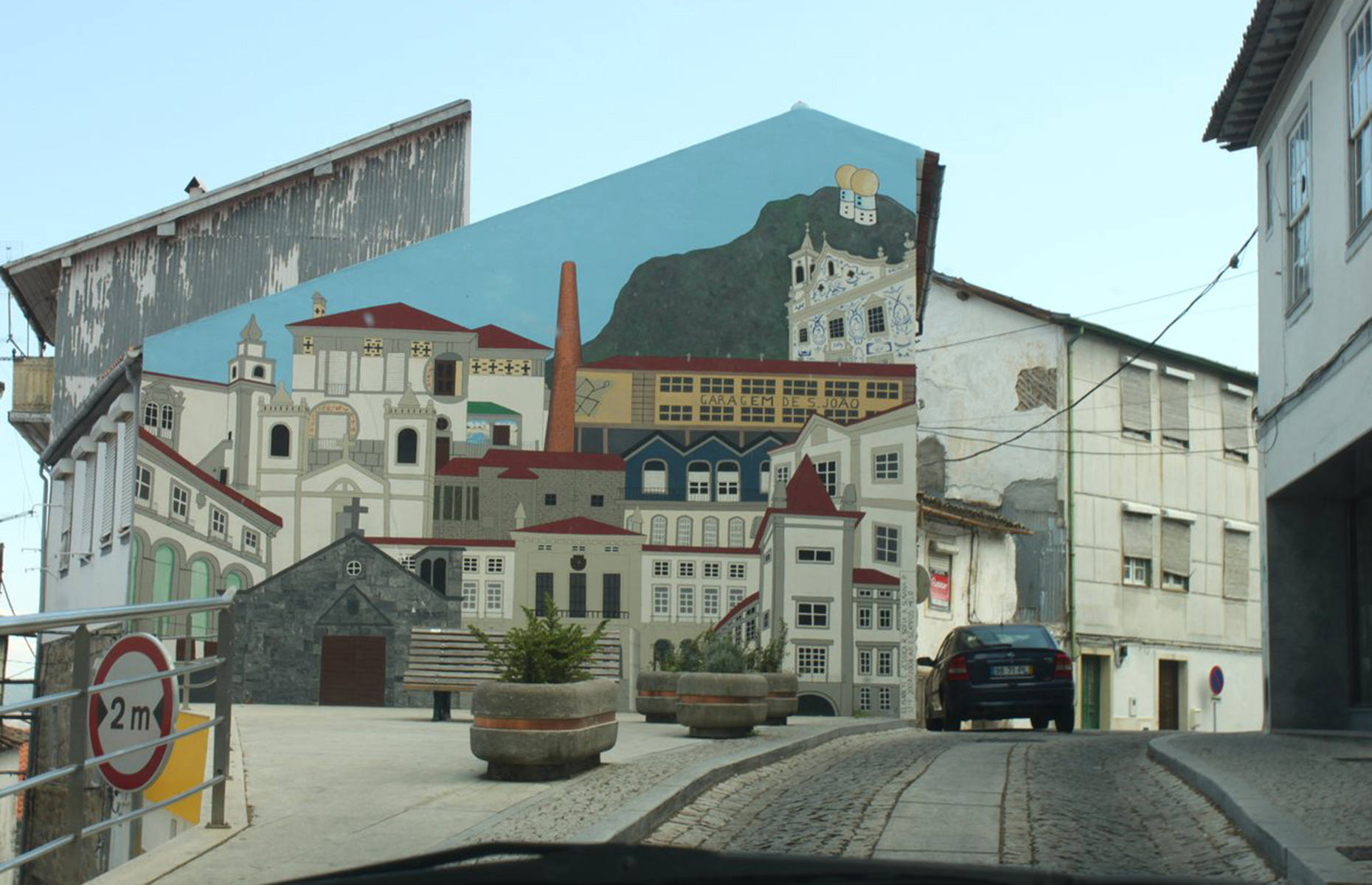 Vanessa Lollipop/Flickr/CC BY-SA 2.0
Vanessa Lollipop/Flickr/CC BY-SA 2.0
In Covilhã, where once the rattling looms of 20 wool factories operated, only six remain. The walls of former factories now feature in the town’s festival of street art, attracting top rank international and domestic artists every year.
READ MORE: Polar bears and street art in Arctic Canada
Local people, even those more conservative sections of the community, have seen how street art has put the town back on the map. Visitors arrive to tour the street art trail and the 31 works are in turn contemplative, provocative or just plain entertaining.
6. Check out the best place to live in Portugal
In the middle of the Centro de Portugal region, bordered by the Dão and Vouga rivers, Viseu hardly makes it into guidebooks. Yet it has been voted, more than once, the best place to live in Portugal.
After the Romans, the town attracted the attentions of Visigoths and Moors and the ancient ramparts bear witness to later cross-border raids by Castilian troops, with two fortified gates still standing in the centre of town.
It also has an important culture heritage with 16th-century Renaissance artist, Vasco Fernandes – "the Great Vasco" – born in Viseu. The town’s Grão Vasco Museum keeps his heritage alive through a sizable collection of works, several relocated across the square from the town’s 12th century cathedral.
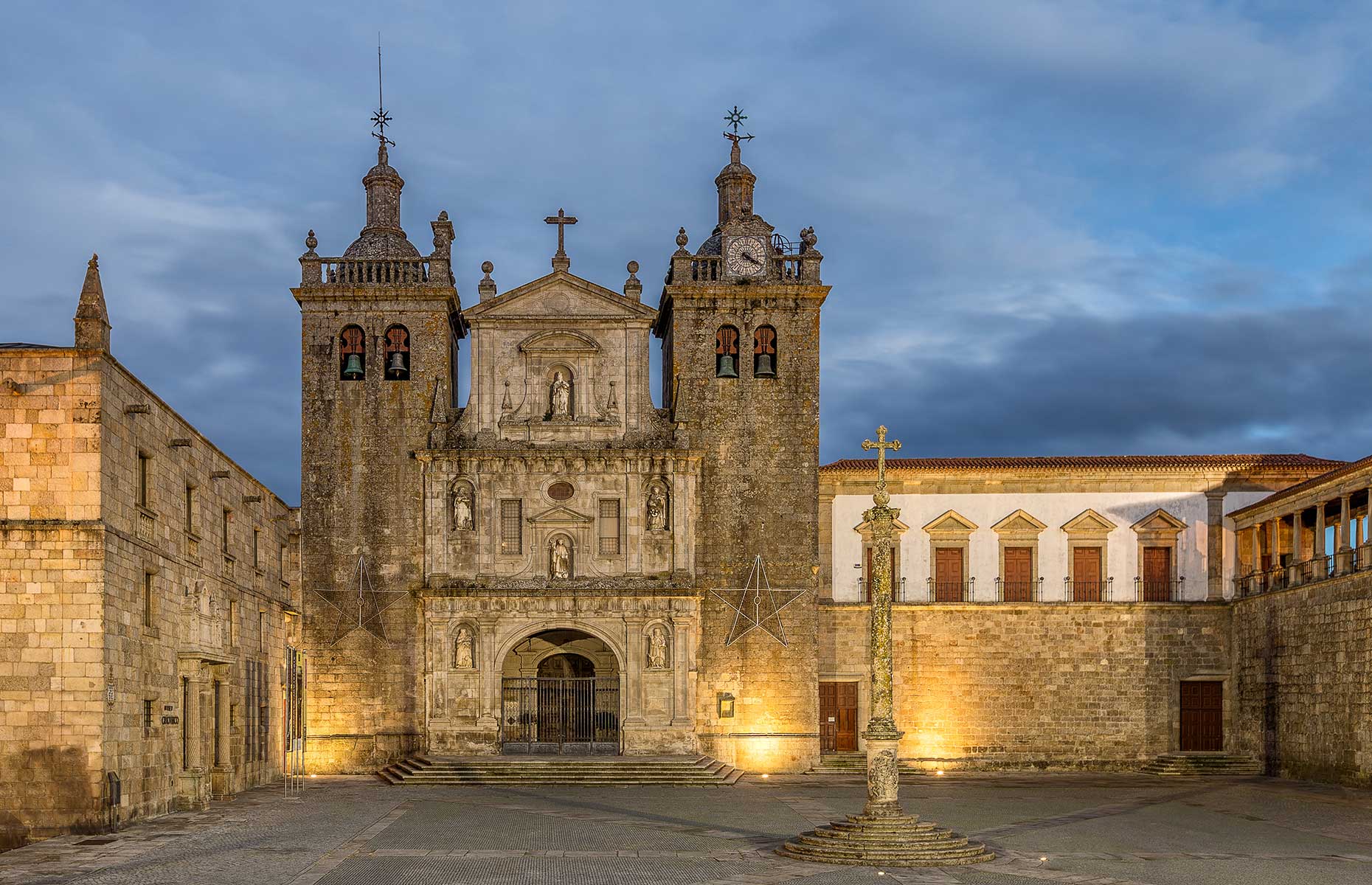 Gi Cristovao Photography/Shutterstock
Gi Cristovao Photography/Shutterstock
Elsewhere, it’s apparent that the global High Street has yet to reach Viseu and the narrow streets are populated by independent shops. Old fashioned emporiums of everything spill their wares onto the street, imploring you to buy, while nearby, chic new boutiques have sprung up.
Getting there
TAP Air Portugal flies direct from London City Airport, Heathrow, Gatwick and Manchester to Lisbon and Porto. Prices start at £46 one way including all taxes and surcharges.
For more information about the area see VisitPortugal.com
Main image: Luis Pedro Fonseca/Shutterstock
Comments
Be the first to comment
Do you want to comment on this article? You need to be signed in for this feature